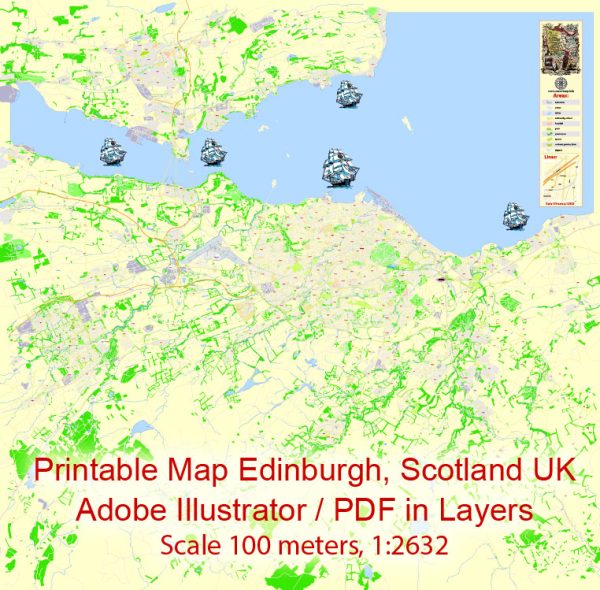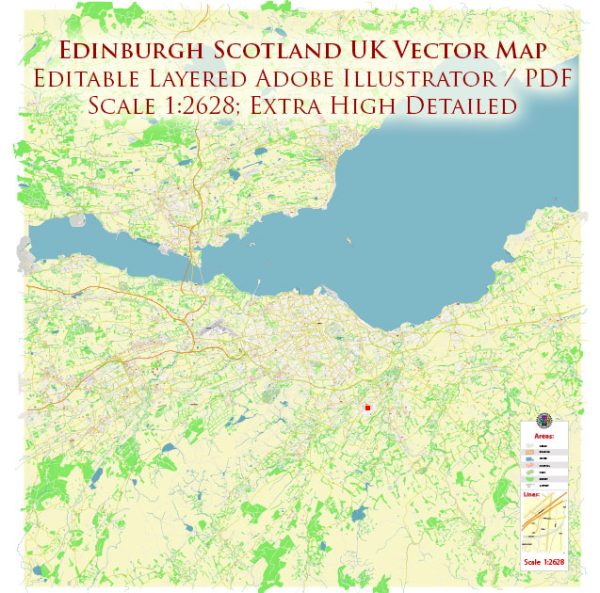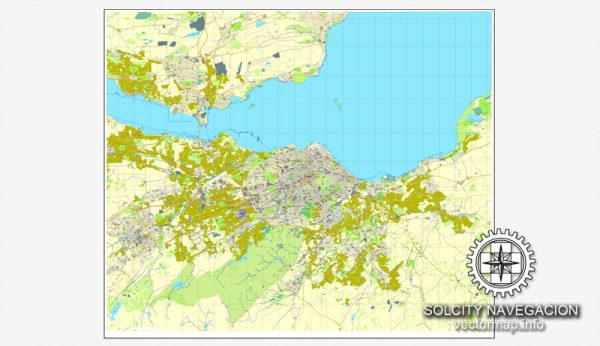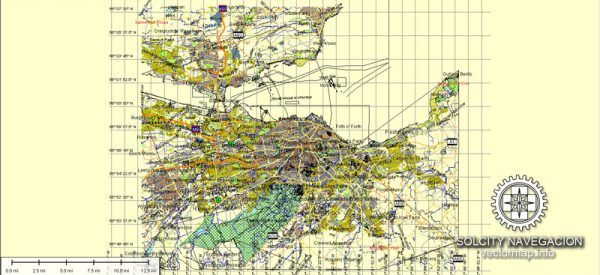Edinburgh, the capital city of Scotland, has a rich history of urban development that spans centuries. Here’s a brief overview of the key stages in its urban development:
Early History:
- Medieval Origins: Edinburgh’s history dates back to at least the early medieval period, with evidence of human habitation from the 2nd millennium BC. The Old Town, characterized by its narrow winding streets and medieval architecture, has roots in the 12th century.
Royal Mile and Old Town:
- 12th-17th Century: The Royal Mile, a historic street that runs through the heart of the Old Town, was the main thoroughfare. The construction of Edinburgh Castle on Castle Rock and the development of the Holyrood Palace at the other end of the Royal Mile contributed to the city’s historic and political significance.
- Tenements and Closes: Over time, the Old Town became densely populated, and distinctive tenement buildings were constructed, often sharing walls and creating narrow closes or alleyways.
Expansion and Enlightenment:
- 18th Century: The 18th century saw the expansion of the city beyond the confines of the city walls. The New Town, designed by James Craig and built between 1767 and 1850, represented a significant departure from the cramped conditions of the Old Town. It featured wide streets, classical architecture, and spacious squares, reflecting the ideals of the Enlightenment.
Industrial Revolution:
- 19th Century: Edinburgh’s urban development continued during the Industrial Revolution. The growth of industries and the arrival of the railway contributed to the expansion of the city. The Victorian era brought further development and modernization, with the construction of impressive public buildings, such as the Scott Monument.
20th Century:
- Post-war Reconstruction: Like many European cities, Edinburgh faced challenges during and after World War II. Post-war reconstruction efforts led to the redevelopment of some areas and the construction of modern housing.
- Conservation and Renewal: In the latter half of the 20th century and into the 21st century, there has been a strong emphasis on the conservation of the historic character of the city. Various preservation initiatives have sought to protect and restore the Old Town and New Town, earning Edinburgh UNESCO World Heritage status in 1995.
Contemporary Developments:
- Modern Architecture: Edinburgh has seen contemporary architectural developments, including the Scottish Parliament building, designed by Enric Miralles, which opened in 2004.
- Sustainable Development: There is a growing focus on sustainable urban development, with efforts to balance preservation of the historic environment with the need for modern amenities and infrastructure.
Edinburgh’s urban development is a dynamic interplay of historical preservation and modernization, making it a city that seamlessly blends its ancient roots with the demands of the present.





 Author: Kirill Shrayber, Ph.D.
Author: Kirill Shrayber, Ph.D.